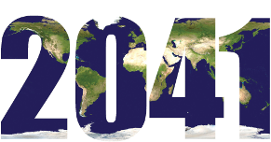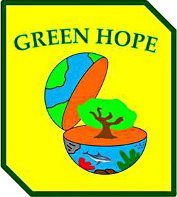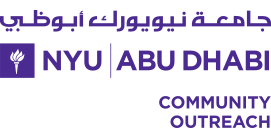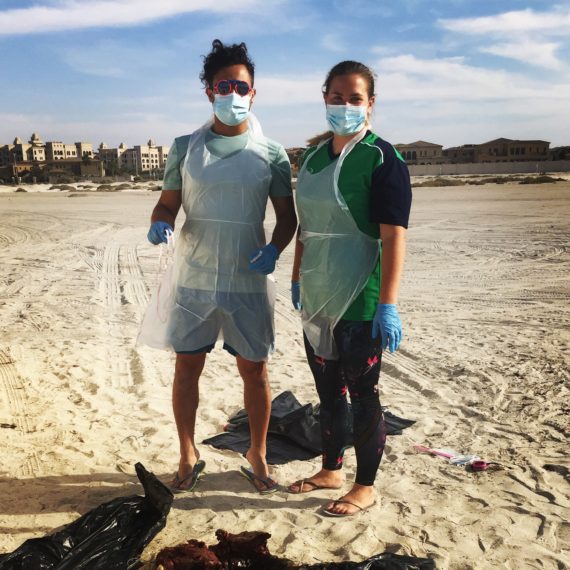
6:45am – I often have to be up before sunrise as it’s the best time to spot wildlife. But today I don’t have any fieldwork planned so I have a (little) lie in.
7:30am- After a shower and a bowl of porridge (made with a pinch of salt in the traditional Scottish style), I drive to Saadiyat Island to my office at Park Hyatt Abu Dhabi. Saadiyat beach is a protected area particularly important for hawksbill turtles, which are critically endangered. I’m employed by the hotel to look after them and educate the guests and community about their conservation.
8:00am – I settle into some administrative work. Tomorrow we have a school group coming to do “The Turtle Survivor Challenge” which is a fun and informative obstacle course. I need to coordinate with my colleagues to set up on the beach.
10:00am – I can’t sit still any longer so I go to my boss’s office to use his coffee machine and talk to him about a fundraising project we have lined up.
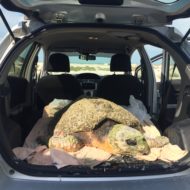
10:20am – I’m back at my desk ready to answer a full inbox of emails when I get a call from the security patrol team; two large turtles have washed ashore, one is still alive, but unfortunately the other is already dead. I call the environment agency to make a plan. They will send someone to take the live turtle to the turtle hospital in Dubai, meanwhile I will do a post mortem on the dead one to try to work out what happened to it.
10:30am – I print out the forms and gather all the things I need to perform the post mortem (gloves, knifes, scalpel, tissues, measuring tape etc.)
11:00am – I arrive at the security station where the turtles are being held. The live one is a loggerhead turtle, and looks a little thin, it probably hasn’t eaten for a while. We take some measurements and keep it in the shade, making sure that it’s skin and eyes stay moist while we wait for the environment agency to arrive.
11:30am – I examine the dead turtle. This one is a green turtle and it’s shell is only 62cm long which means it’s not fully grown. The cause of death is very obvious because it has a fish hook in its flipper and a long length of fishing line tangled around its head and both front flippers. We take all the measurements that we need, then remove the bottom half of the shell (called the plastron) to have a look at the internal organs. The fat under the shell is a yellowy green, but there’s not as much as usual. We take picture of each of the organs and the stomach and intestine contents. Green turtles are vegetarians, but this one hadn’t eaten much seagrass which is unusual.
2:00pm – The loggerhead turtle is on the way to the hospital and I’ve finished the post-mortem so it’s back to the hotel for a shower and some lunch.

4:00pm – I head down to the beach to give directions to the team setting up the Turtle Survivor Challenge. We have four obstacles which represent a danger in the lives of turtles. The first is a maze of sunbeds and umbrellas, then we have an artificial nest that will be attacked by poachers and predators. The third obstacle is a fishing net and finally a course of plastic pits which the participants will have to run through. I’m looking forward to tomorrow, it’s so much fun and the kids come up with lots of ways to help the turtles in their everyday lives.
6:00pm – I finally get around to answering some emails.
7:30pm – I’m back home on the sofa watching my favourite TV show on the National Geographic Channel called “Years of Living Dangerously”.
10:00pm – Time for bed. I have 65 kids coming tomorrow.
Arabella Willing is a marine biologist working in Abu Dhabi in the UAE. She works to protect turtles and spread environmental awareness.













